
Question and Answers Forum
Question Number 154204 by mathdanisur last updated on 15/Sep/21
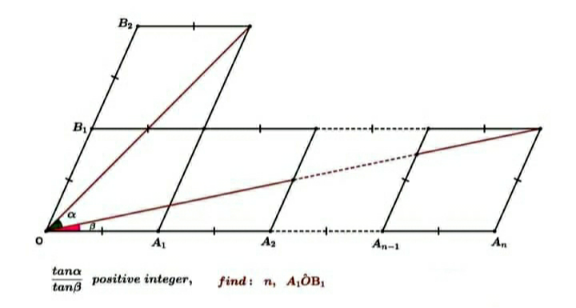
Commented by Rasheed.Sindhi last updated on 16/Sep/21

Answered by Rasheed.Sindhi last updated on 15/Sep/21
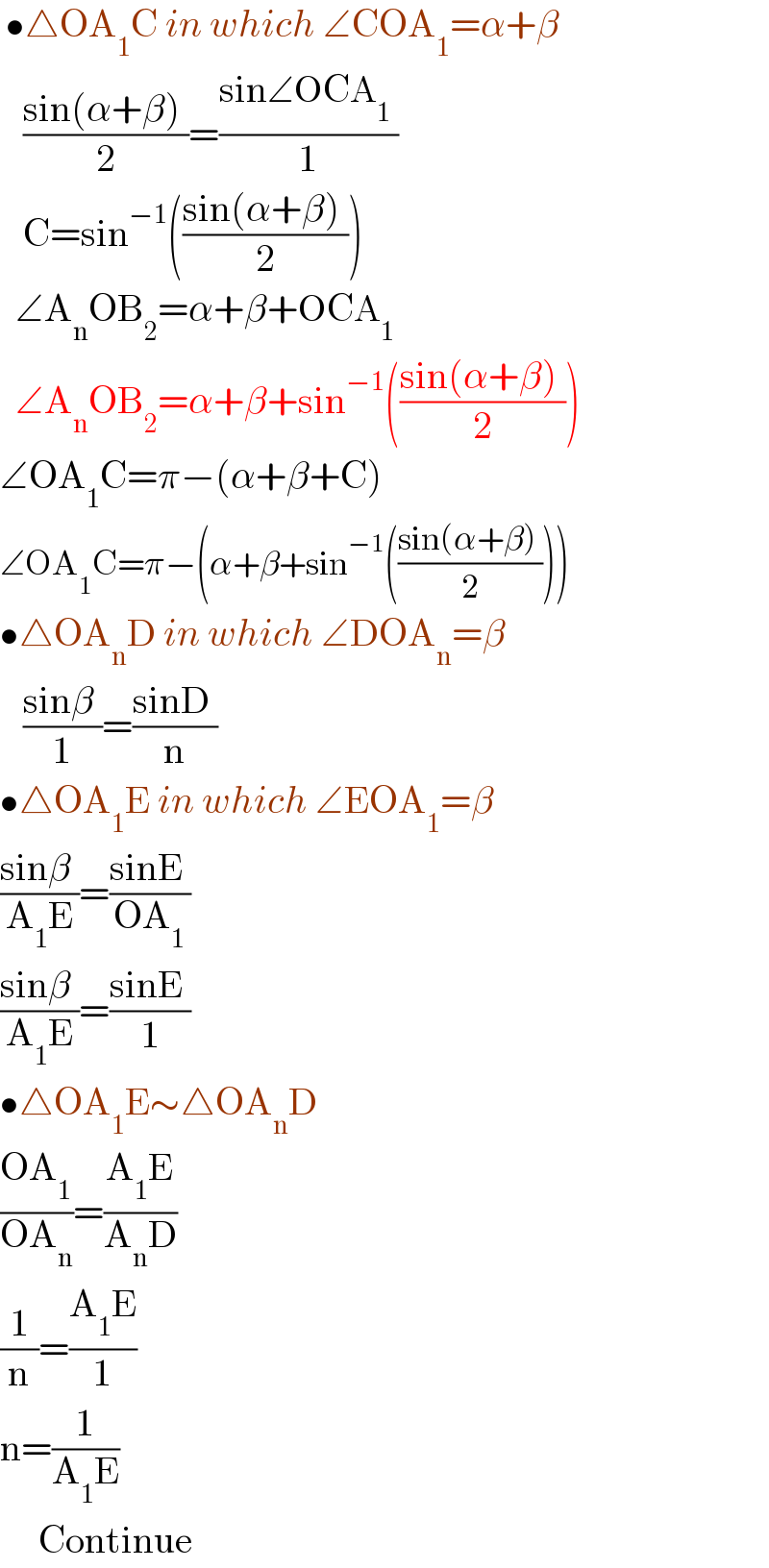
Commented by mathdanisur last updated on 15/Sep/21

Commented by Rasheed.Sindhi last updated on 15/Sep/21

Commented by mathdanisur last updated on 15/Sep/21
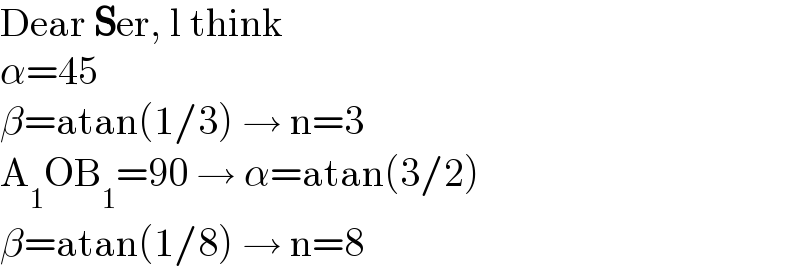
Commented by Rasheed.Sindhi last updated on 15/Sep/21
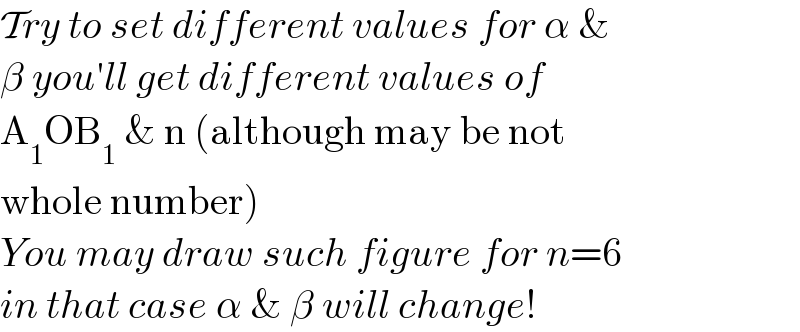
Commented by Rasheed.Sindhi last updated on 15/Sep/21
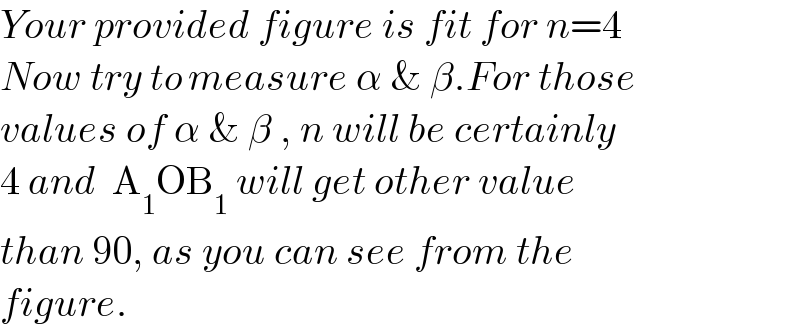
Commented by mathdanisur last updated on 15/Sep/21

Commented by Rasheed.Sindhi last updated on 15/Sep/21

Commented by mathdanisur last updated on 15/Sep/21

Commented by mathdanisur last updated on 15/Sep/21

Commented by mathdanisur last updated on 15/Sep/21

Commented by Rasheed.Sindhi last updated on 16/Sep/21

Commented by mathdanisur last updated on 16/Sep/21

Answered by Rasheed.Sindhi last updated on 17/Sep/21
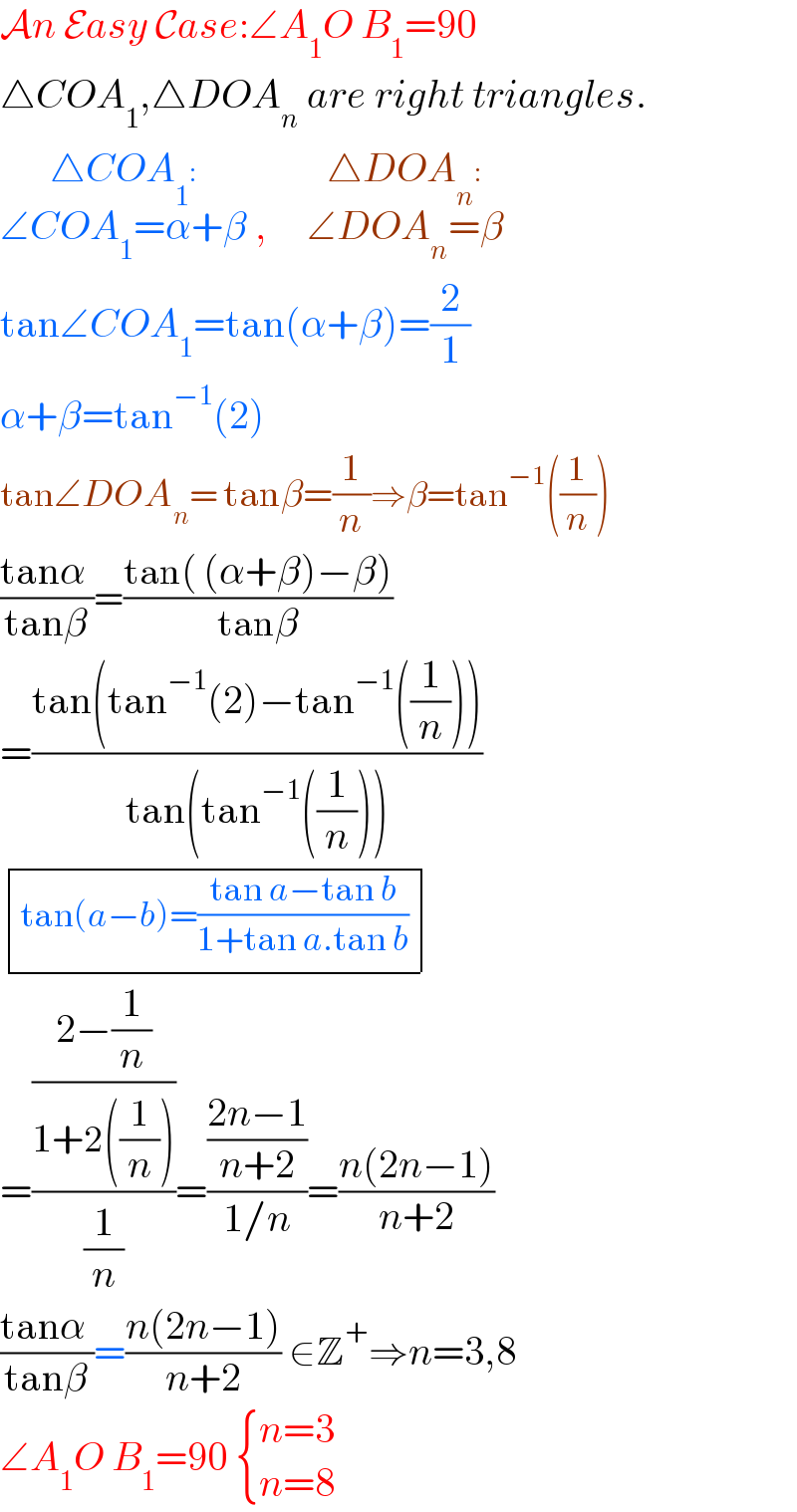
Commented by Rasheed.Sindhi last updated on 17/Sep/21
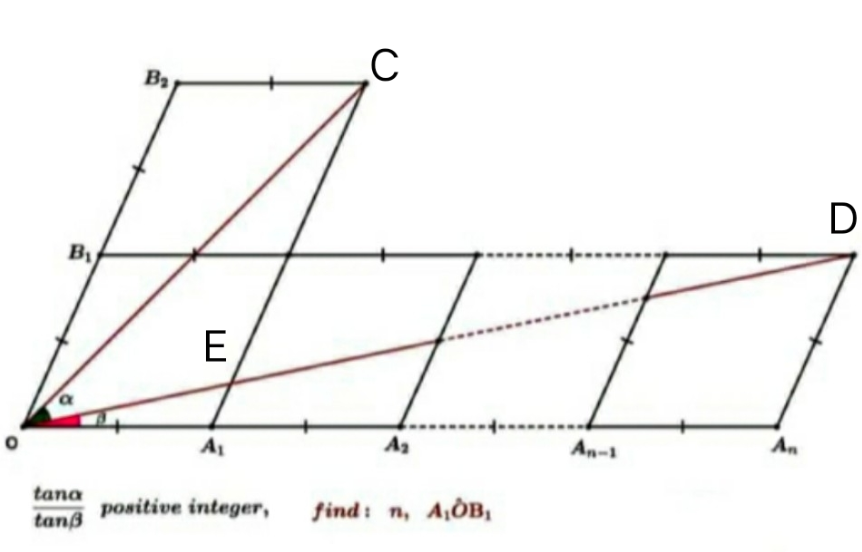
Commented by mathdanisur last updated on 17/Sep/21

